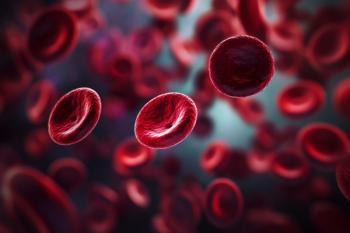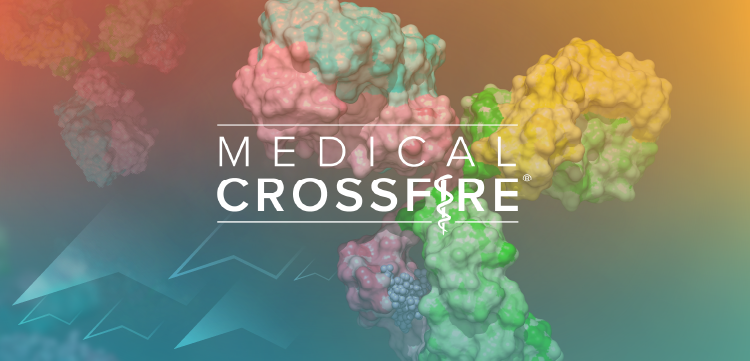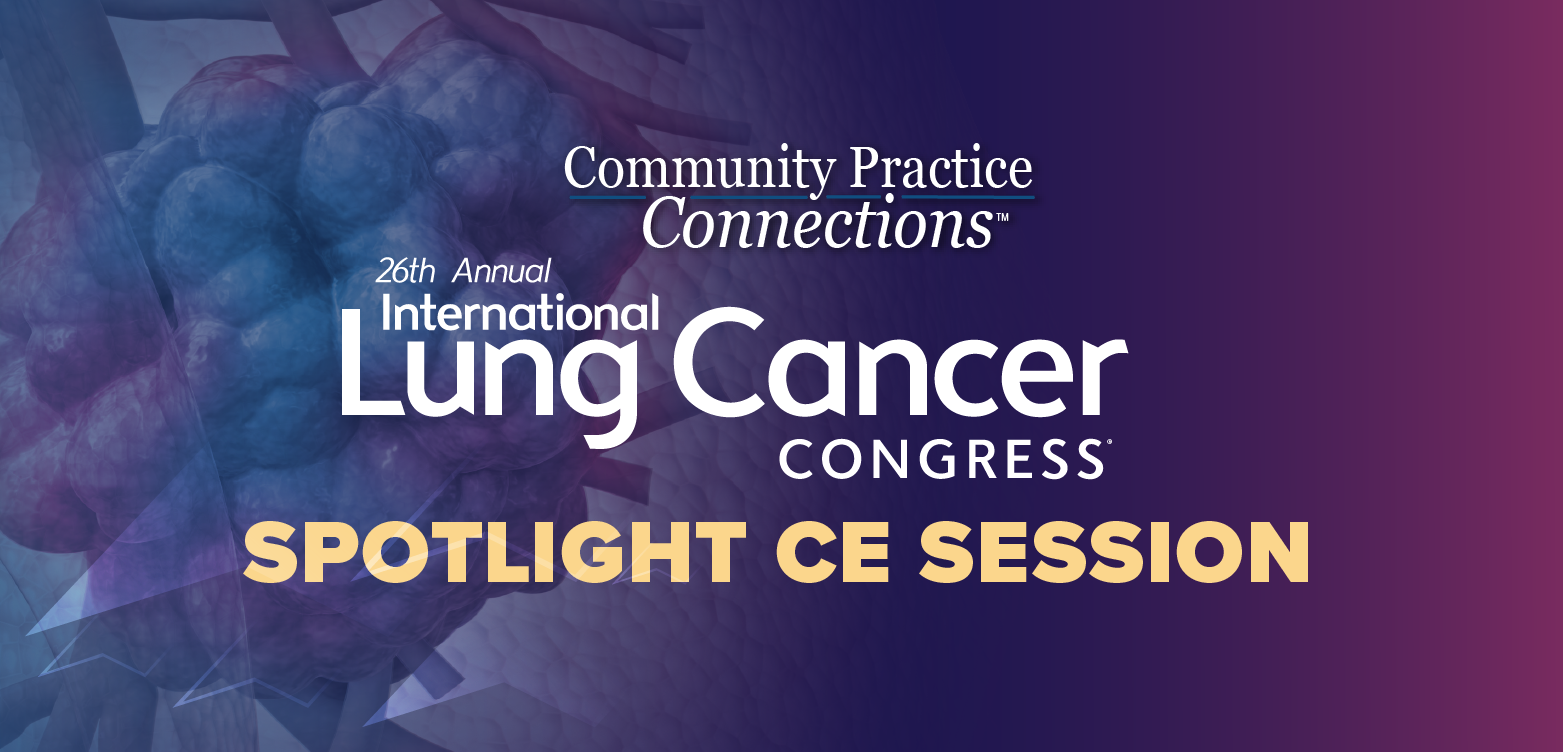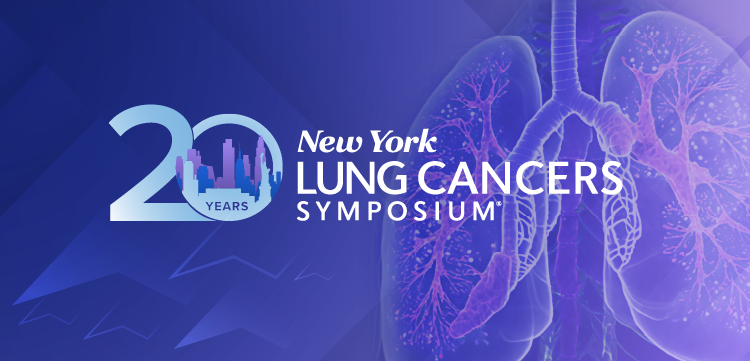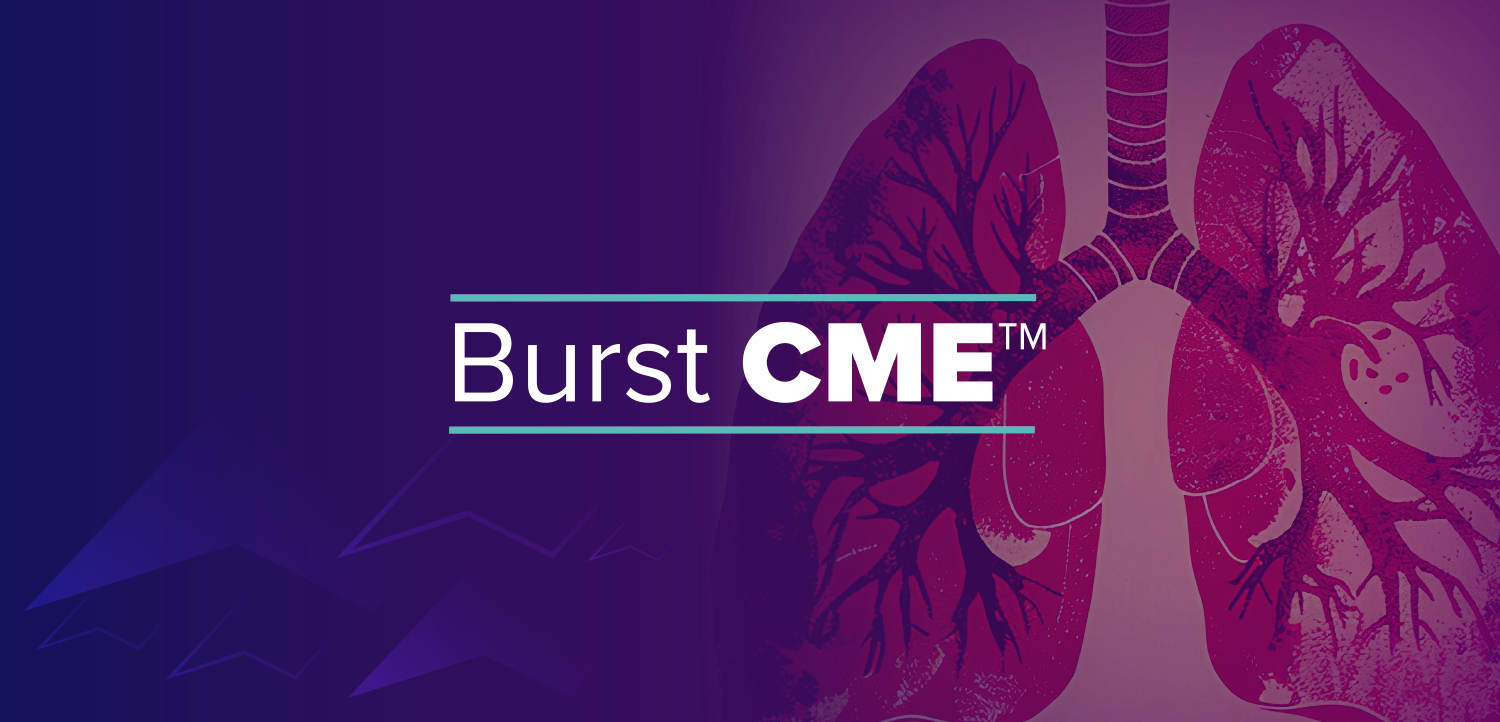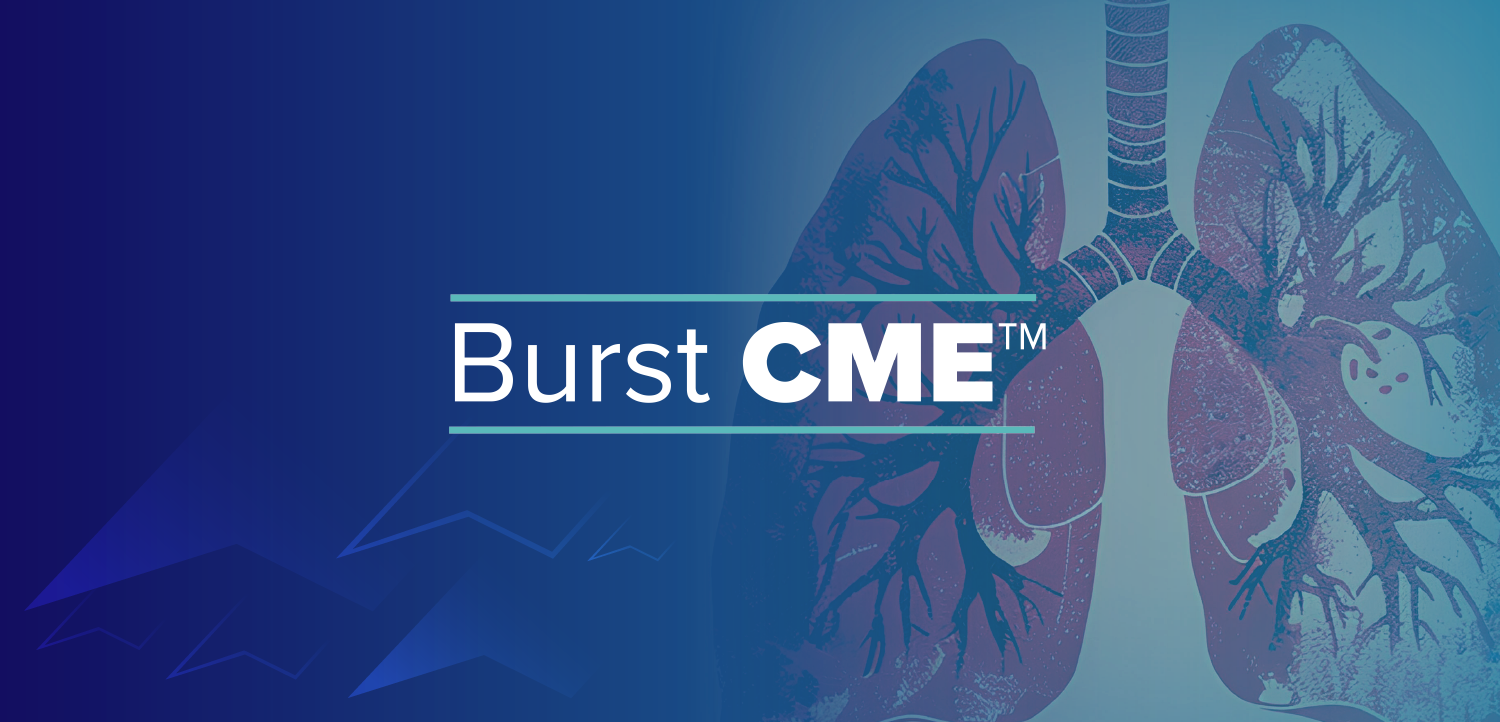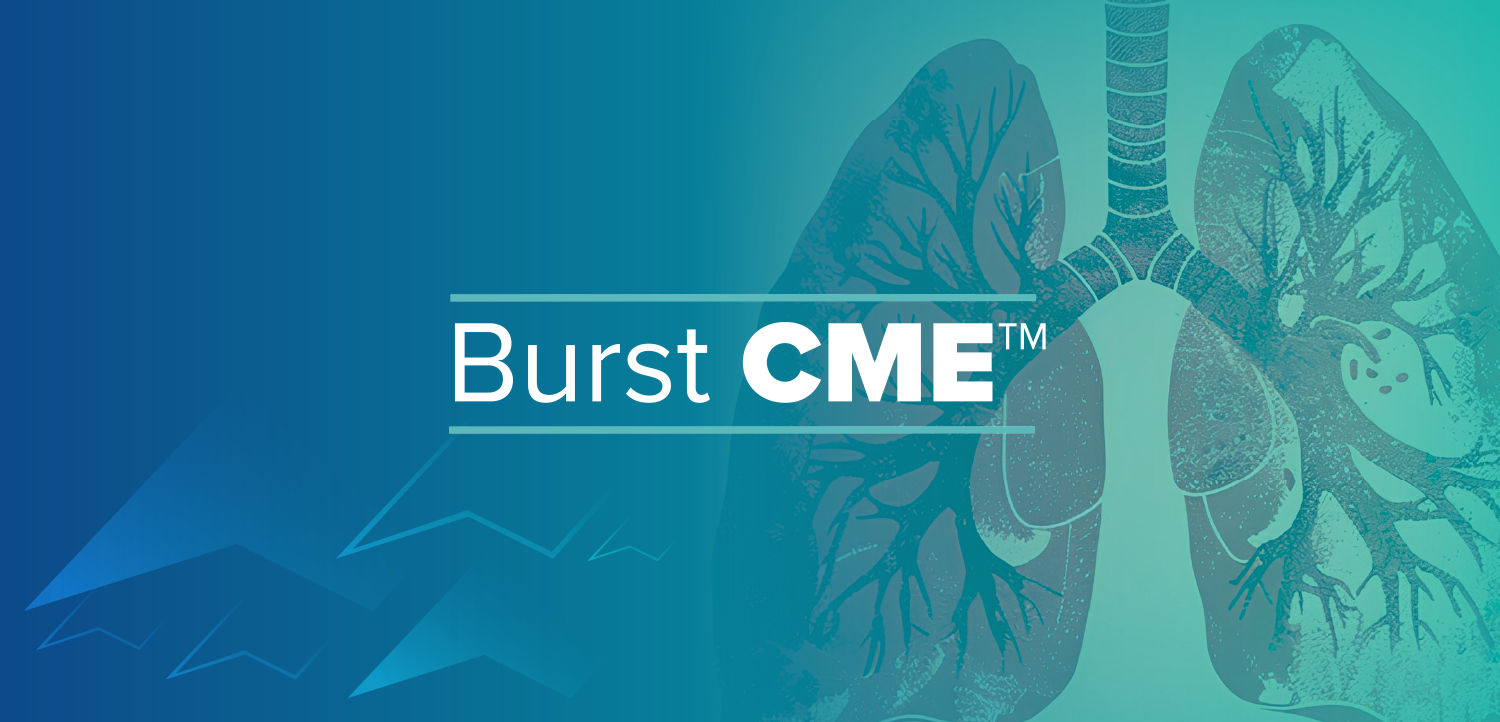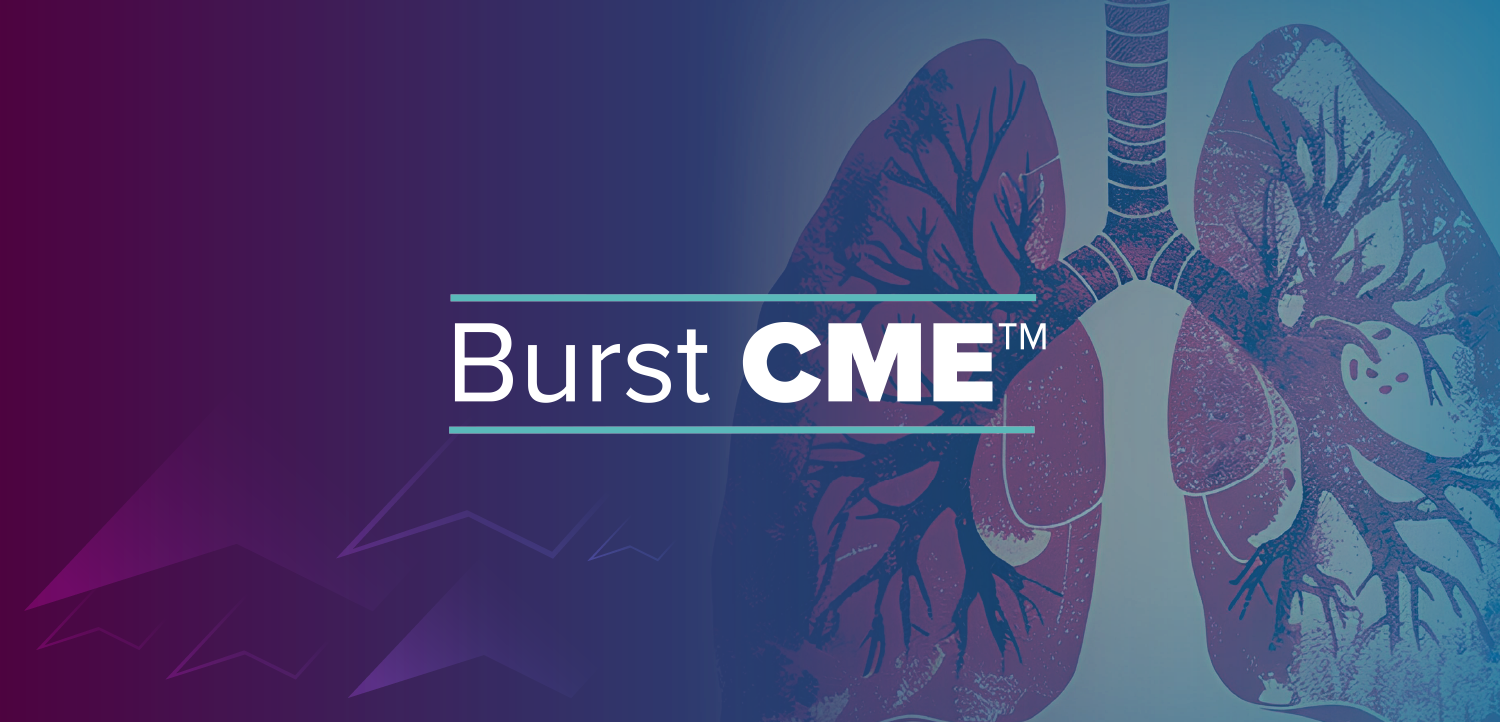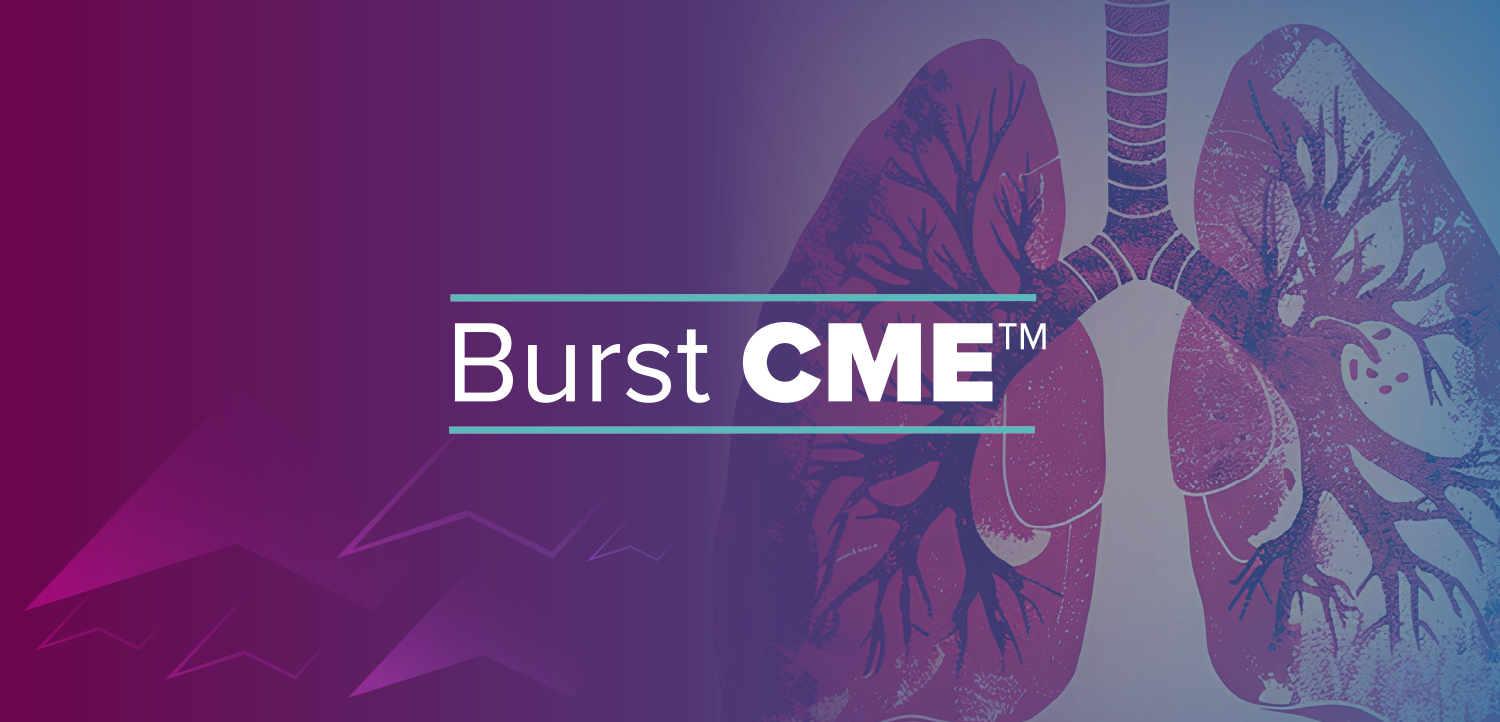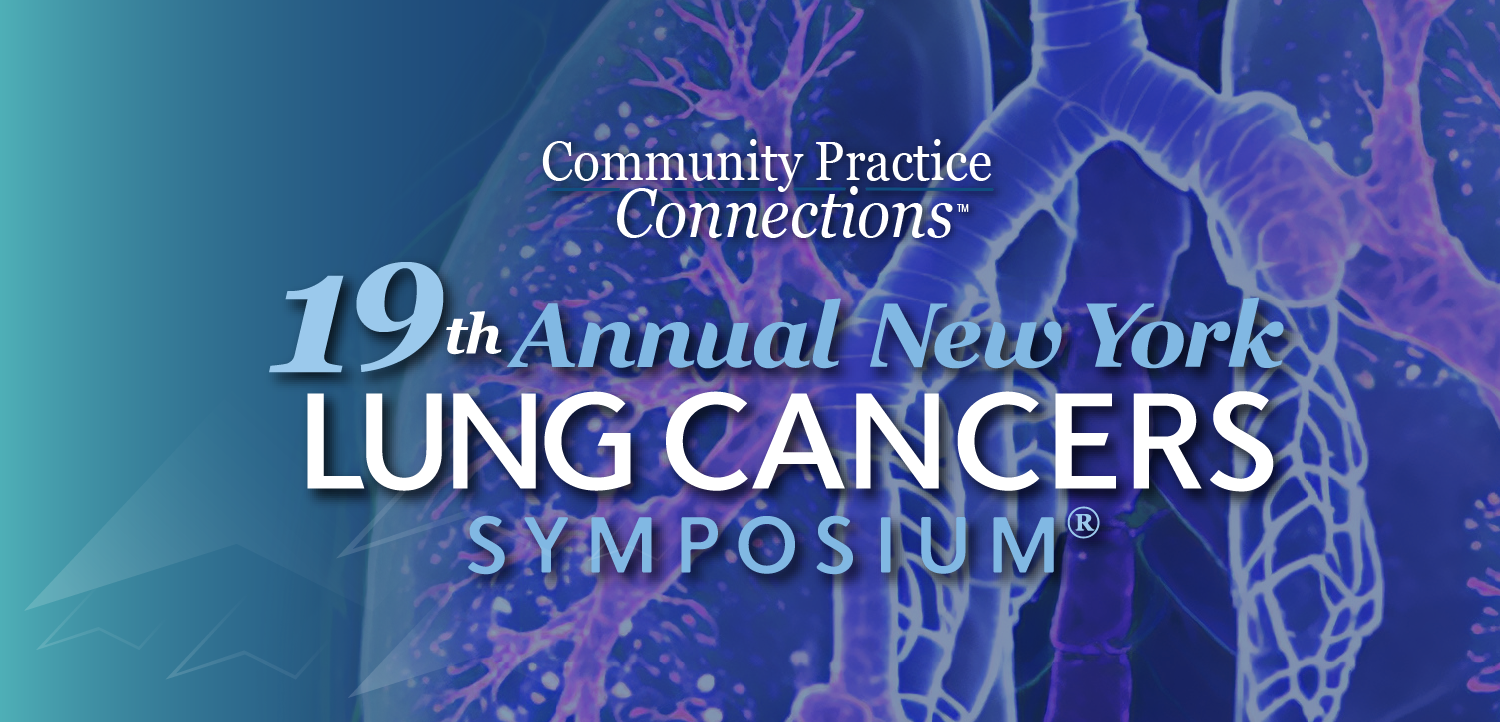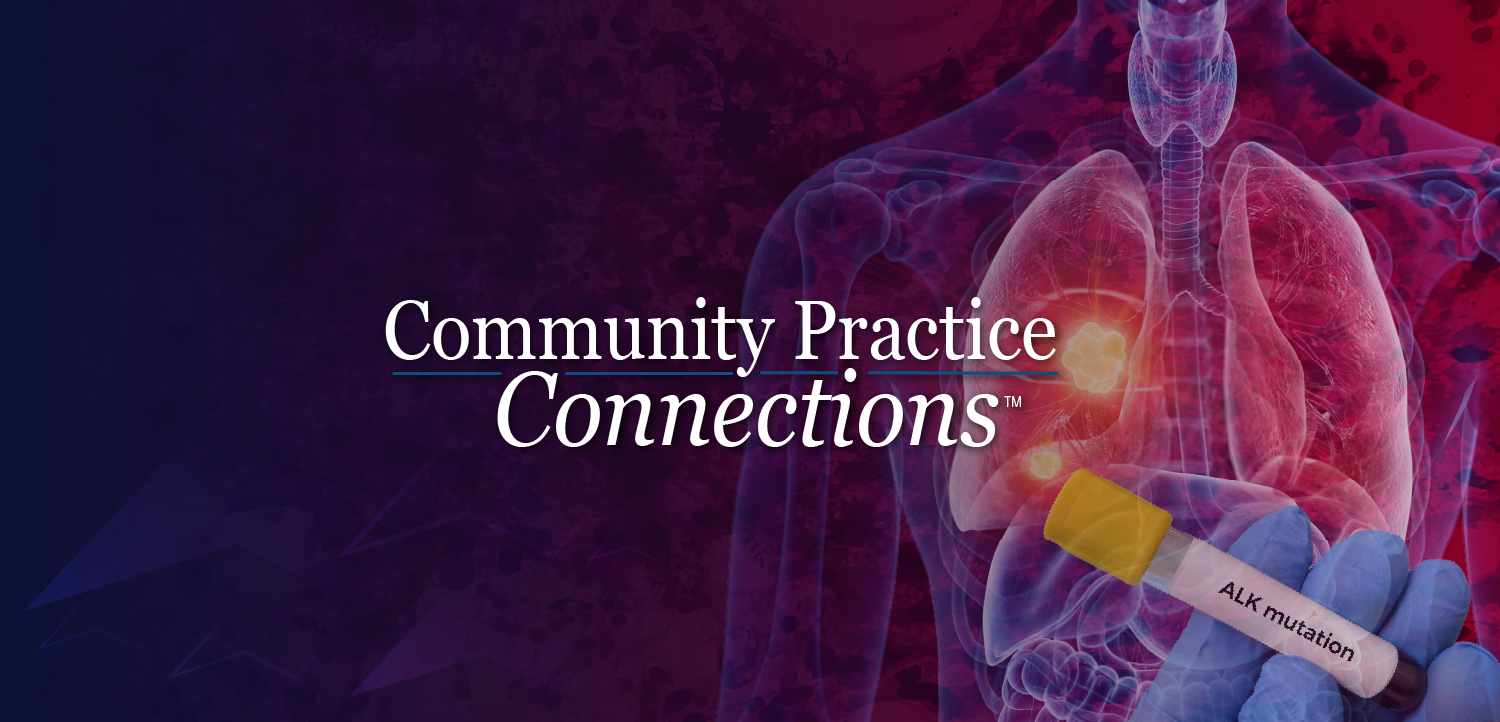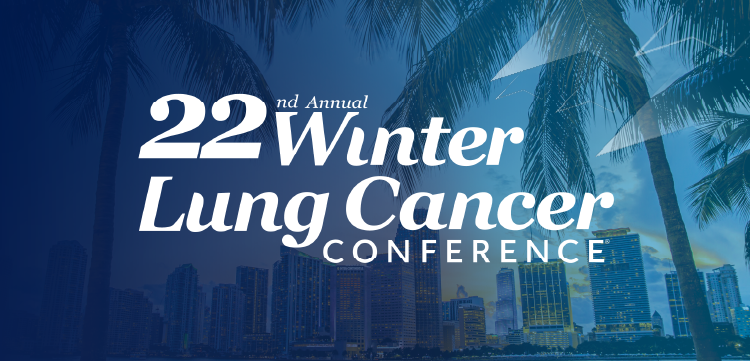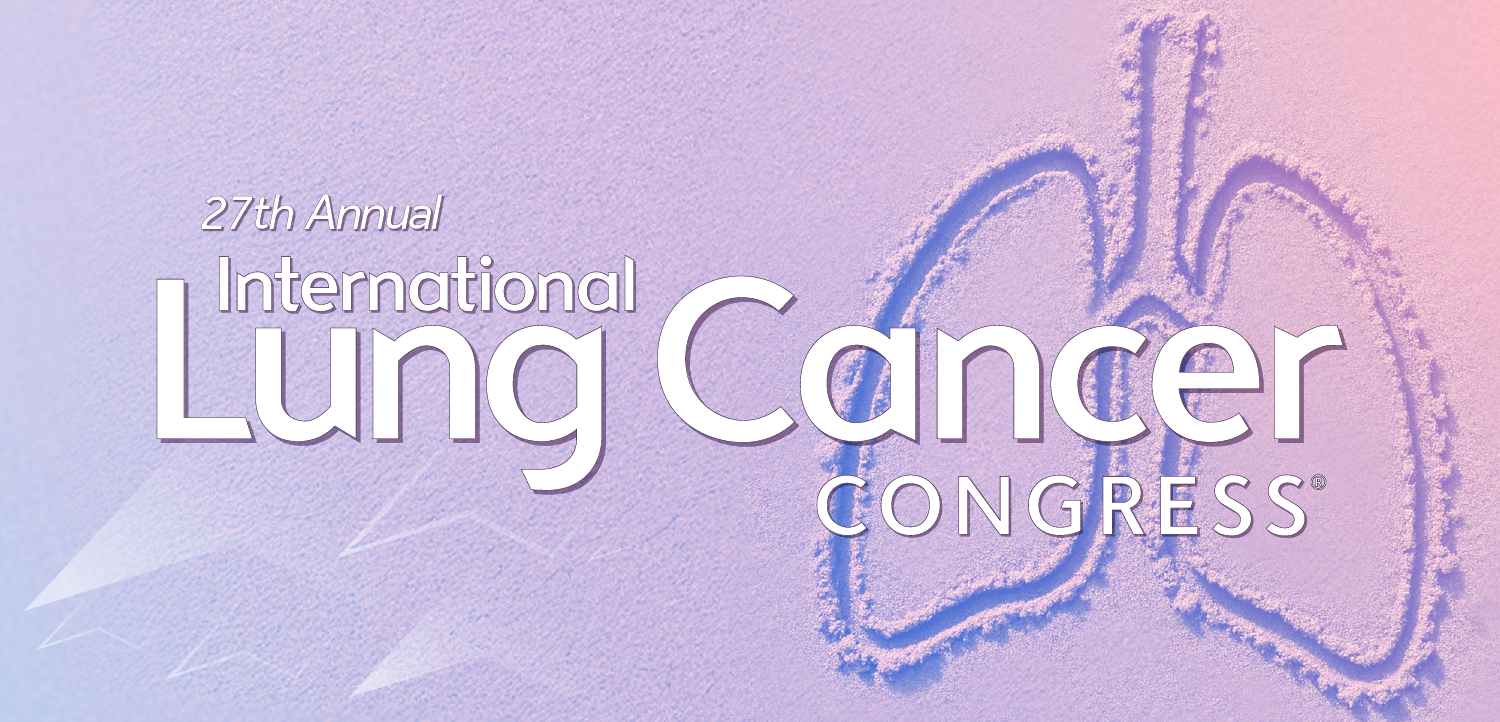
Bayer Introduces Updated Packaging for Stivarga
The anticancer therapy is now available in 21-count bottles to help accommodate dispensing.
Stivarga (regorafenib) is now available in four 21-count bottles, replacing the previous packaging of three 28-count bottles. Bayer introduced the new packaging to improve pharmacist experiences and provide flexibility for patients to have multiple dosing regimens. Bayer worked closely with the FDA to update the packaging so that it aligns with a clinically supported dose escalation strategy that helps to ensure more patients reach the third cycle of treatment by starting with a lower dose.
Stivarga, a kinase inhibitor, was approved in April 2017 for use in patients with hepatocellular carcinoma who have been previously treated with Nexavar (sorafenib). According to the
In the United States, Stivarga is also indicated for the treatment of patients with metastatic colorectal cancer (CRC) who have been previously treated with fluoropyrimidine-, oxaliplatin- and irinotecan-based chemotherapy, an anti-VEGF therapy, and, if RAS wild-type, an anti-EGFR therapy. It is also indicated for the treatment of patients with locally advanced, unresectable or metastatic gastrointestinal stromal tumor (GIST) who have been previously treated with imatinib mesylate and sunitinib malate.
"The new packaging contains four 21-count bottles, increasing the efficiency of dispensing Stivarga," Ray Bailey, RPh, director of pharmacy of Florida Cancer Specialists & Research in Fort Myers, Florida, said in an email. "The streamlined packaging is a welcome change. It more closely aligns with current drug dosing schedules including dose escalations. The packaging will also help us reduce drug waste."
Newsletter
Get the latest industry news, event updates, and more from Managed healthcare Executive.


